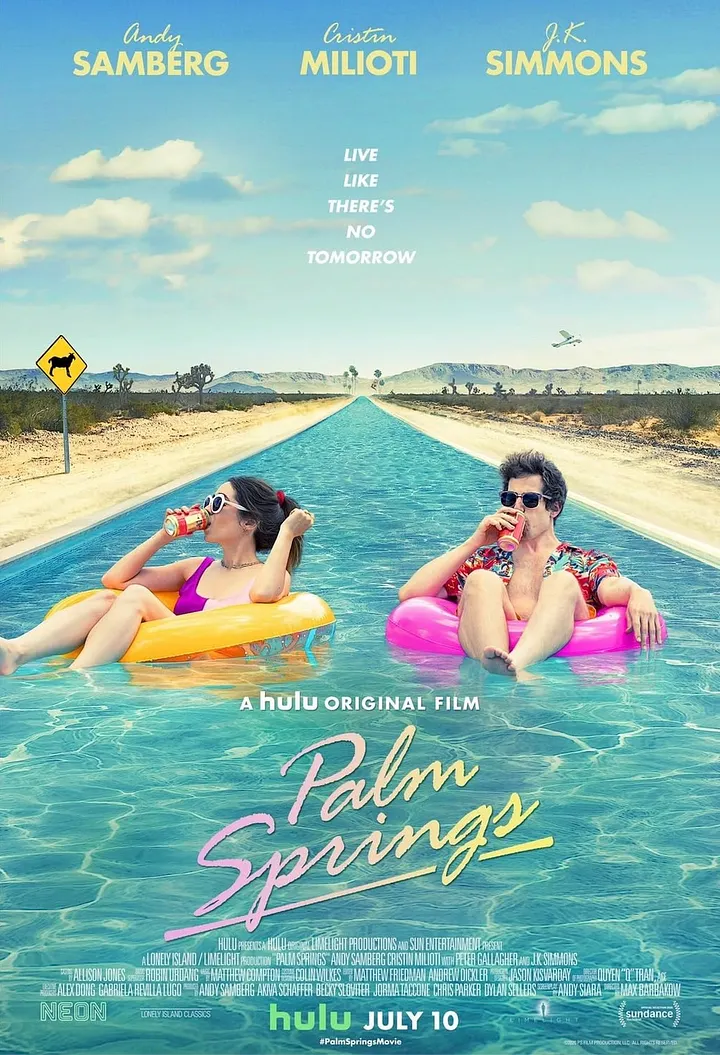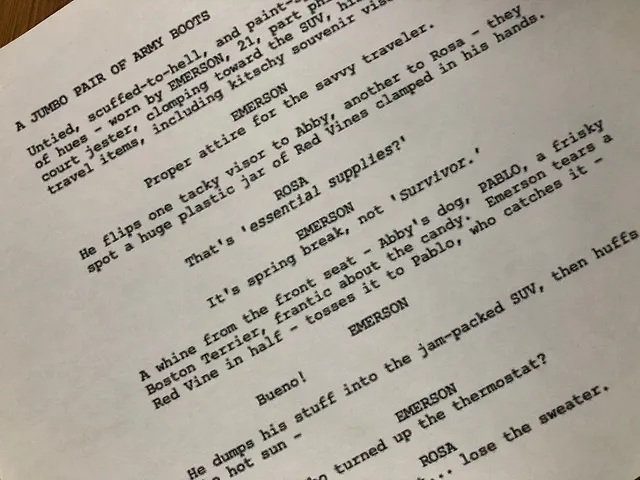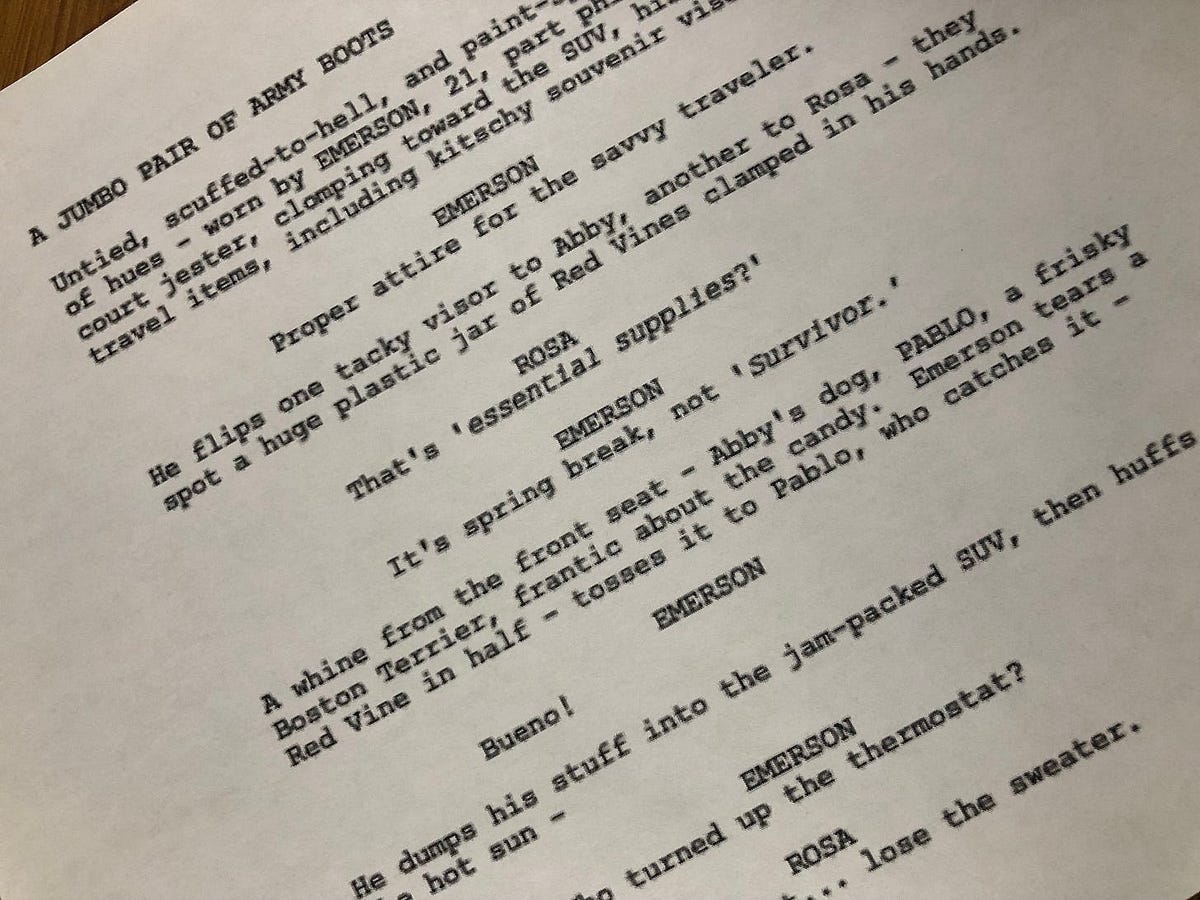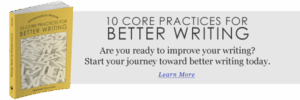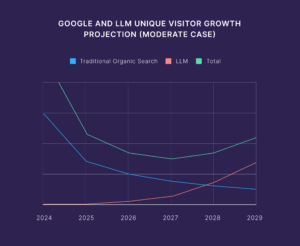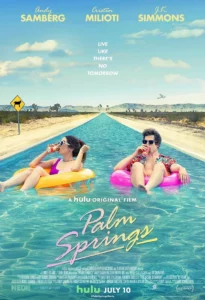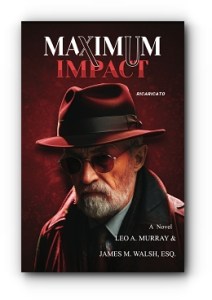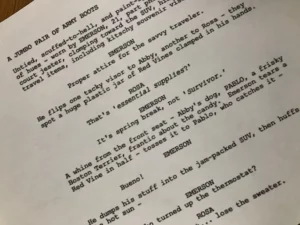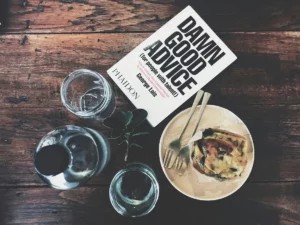“Unraveling the Mystery: How Understanding Story vs. Plot Can Transform Your Writing!”
In the realm of storytelling, there’s an age-old adage suggesting we begin at the beginning—just as Julie Andrews whimsically stated. But let’s be honest, not all stories have a linear starting point. It’s kind of like trying to fit a square peg into a round hole; the very essence of your narrative can shift based on where you choose to commence and how the plot unfurls. With all that said, let’s dive deep into an often-overlooked nuance: the fine line between ‘story’ and ‘plot.’ Yes, they’re often used interchangeably, but they hold distinct roles in the writing process. Imagine a well-loved film like Inception or Eternal Sunshine of the Spotless Mind—would their impact be the same if told in a strictly chronological order? That’s exactly what we’re about to explore—that magical interplay between the raw events of a tale and the artful way those events are presented to the audience. So, buckle up, and let’s unravel the layers of narrative together! LEARN MOREWe often say we should start at “the beginning,” which, in the words of Julie Andrews, is a very good place to start. However, it’s not necessarily true that the same kind of beginning works for every story. In fact, that remains dependent on a few factors, including where your story truly begins chronologically, as well as how your plot is structured.
